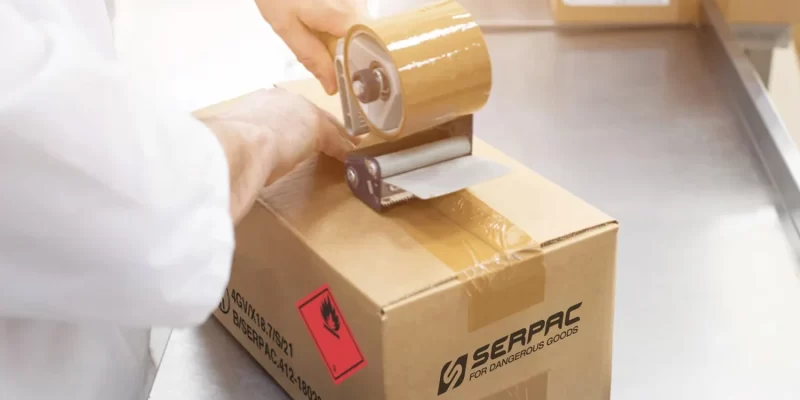Hazardous goods are substances or materials that pose a risk to health, safety, or the environment. They can be found in various industries, including pharmaceutical, chemical, and manufacturing.
The transportation of hazardous goods is a critical process, and it is essential to ensure that they are delivered safely to their destination. One of the most effective ways to do this is by using UN 4G boxes.
What are UN 4G boxes?
UN 4G boxes are containers that meet the United Nations’ standards for the transportation of hazardous materials. They are designed to protect the contents of the box and prevent leaks or spills during transportation.
The boxes are made of sturdy materials such as corrugated cardboard, wood, or plastic, and they are labeled with specific markings to indicate the type of hazardous material being transported.
How To Ensure Safe Delivery Of Hazardous Goods Using UN 4G Boxes
- Choose the right box.
Choosing the right UN UN 4G box is critical to ensuring the safe delivery of hazardous goods. The box must be designed to handle the specific type of hazardous material being transported.
For example, if you are transporting flammable liquids, you will need a box that is designed to prevent leaks and spills.
- Follow the packing instructions.
The packing instructions for UN 4G boxes are specific and must be followed carefully to ensure the safe delivery of hazardous goods.
The instructions will tell you how to properly pack the contents of the box, including the use of absorbent materials and cushioning to prevent damage during transportation.
- Label the box correctly.
UN 4G boxes must be labeled correctly to indicate the type of hazardous material being transported. The labels must be visible and easy to read, and they must comply with the United Nations’ standards for hazardous materials transportation.
- Use the right shipping method.
The shipping method used to transport hazardous goods must be approved for the specific type of material being transported. For example, some hazardous materials cannot be transported by air, while others may require special handling during transportation.
- Train employees on handling hazardous materials.
Employees who handle hazardous materials must be trained on how to handle them safely. They must know how to properly pack the materials, label the boxes, and handle them during transportation.
Training should be conducted regularly to ensure that employees are up-to-date on the latest safety procedures.
- Follow regulations and guidelines.
It is crucial to follow regulations and guidelines set by regulatory bodies such as the United Nations and the Department of Transportation (DOT). These regulations specify the requirements for the transportation of hazardous goods, including the use of UN 4G boxes.
Failure to comply with these regulations can result in fines, legal action, and, most importantly, the risk of harm to people and the environment.
- Conduct regular inspections.
Regular inspections of UN 4G box and their contents are essential to ensure their integrity during transportation. Inspections should be conducted before and after transportation to check for any damage or leaks.
If any issues are found, the boxes must be replaced or repaired before they are used again.
- Dispose of hazardous materials properly.
Proper disposal of hazardous materials is critical to protecting the environment and public health. UN 4G boxes should be disposed of according to regulations and guidelines set by regulatory bodies.
Hazardous materials should never be disposed of in regular trash, and proper disposal methods should be followed to prevent contamination.
Conclusion
The transportation of hazardous goods is a critical process that requires careful planning and execution. Using UN 4G boxes is one of the most effective ways to ensure the safe delivery of hazardous materials. Following the steps outlined in this article, you can ensure that your hazardous goods are transported safely and in compliance with regulations and guidelines.
Remember to choose the right box, follow packing instructions, label the box correctly, use the right shipping method, train employees, follow regulations and guidelines, conduct regular inspections, and dispose of hazardous materials properly. By doing so, you can protect people, the environment, and your business.






Comments